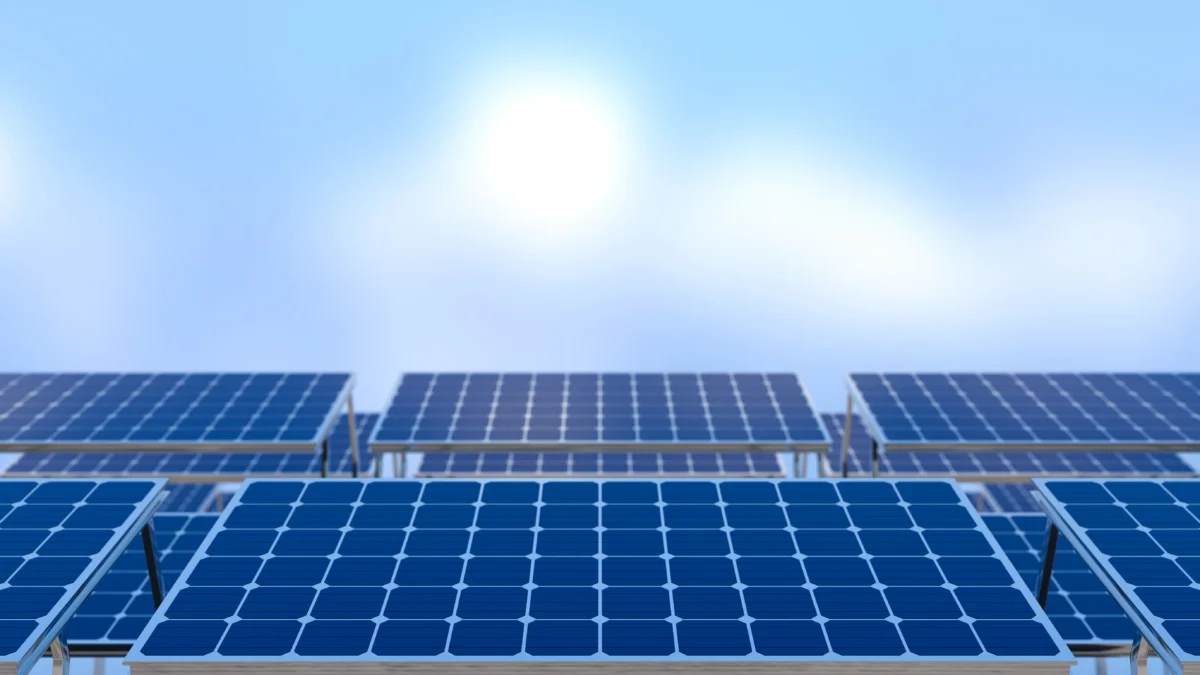Introduction
In an age where the global shift towards clean and sustainable energy is more critical than ever, photovoltaic panels—commonly known as solar panels—have emerged as a revolutionary solution. They are the backbone of solar energy systems, converting sunlight into usable electricity through a fascinating interplay of science and engineering. This blog explores the underlying science behind photovoltaic panels and how they contribute to the expanding world of solar energy.
What Are Photovoltaic Panels?
Photovoltaic (PV) panels are devices made up of many solar cells that capture sunlight and convert it into electrical energy. Each solar cell is usually composed of semiconductor materials—primarily silicon—that exhibit the photovoltaic effect. This effect enables the conversion of light (photons) into electricity (electrons).
The term “photovoltaic” itself is derived from the Greek word photos, meaning light, and volt, named after Italian physicist Alessandro Volta. So, photovoltaic quite literally means “light-electricity.”
The Photovoltaic Effect: How It Works
The photovoltaic effect is the physical process through which a solar cell converts sunlight into electrical current. Here’s a breakdown of how this process occurs:
- Absorption of Light
When sunlight hits the surface of a photovoltaic panel, the solar cells absorb the energy carried by photons in the sunlight. - Generation of Electron-Hole Pairs
This energy knocks electrons loose from atoms in the semiconductor material, creating what are known as electron-hole pairs. Electrons are negatively charged, while holes (the absence of electrons) carry a positive charge. - Electric Field Creates Current
Within each solar cell, an electric field is created by layering different types of silicon—p-type (positive) and n-type (negative). This electric field pushes the electrons toward metal contacts, creating a flow of electric current. - Collection of Current
This current is captured and directed through an external circuit, where it can power electrical devices, charge batteries, or be fed into the electricity grid.
Components of a Photovoltaic Panel
While the science behind photovoltaic panels is complex, their physical structure is relatively straightforward. Here are the main components:
- Solar Cells: The building blocks of the panel, typically made from crystalline silicon.
- Glass Layer: Protects the cells from environmental damage.
- Encapsulant: Transparent material that holds the solar cells in place and protects them.
- Backsheet: A protective layer at the bottom of the panel.
- Frame: Usually made of aluminum, this adds structural integrity.
- Junction Box: Connects the panel to the electrical system.
Types of Photovoltaic Panels
There are several types of photovoltaic panels, each with unique characteristics:
- Monocrystalline Silicon (Mono-Si)
These panels offer the highest efficiency rates and are known for their sleek black appearance. They’re ideal for smaller rooftops due to their space efficiency. - Polycrystalline Silicon (Poly-Si)
Slightly less efficient than monocrystalline, these panels have a bluish hue and are more cost-effective. - Thin-Film Solar Panels
These are made from various materials (like cadmium telluride or amorphous silicon) and are lighter and more flexible, though they generally offer lower efficiency.
Efficiency and Performance
Efficiency refers to the percentage of sunlight that a photovoltaic panel can convert into usable electricity. Most commercial PV panels have efficiencies ranging from 15% to 22%. Factors affecting efficiency include:
- Quality of Materials
- Angle and Direction of Installation
- Temperature
- Shading and Dirt Accumulation
New technologies like bifacial panels and multi-junction cells are pushing efficiency even further by capturing more light or using different wavelengths of sunlight.
Advantages of Photovoltaic Panels
Photovoltaic panels offer numerous benefits, both for individuals and the planet:
- Renewable and Sustainable: Solar energy is abundant and inexhaustible.
- Low Operating Costs: Once installed, solar panels require minimal maintenance.
- Environmentally Friendly: They produce no emissions or pollutants.
- Energy Independence: Homeowners and businesses can reduce reliance on the grid.
- Scalable: Can be used in applications from small gadgets to utility-scale solar farms.
Challenges and Limitations
Despite their advantages, photovoltaic panels do face some challenges:
- Initial Cost: The upfront cost for purchase and installation can be significant, though subsidies and incentives can offset this.
- Weather Dependency: Their performance can dip during cloudy days or at night, which is why energy storage solutions like batteries are critical.
- Efficiency Limitations: Even at peak performance, a large area is needed to generate significant power.
The Role of Photovoltaic Panels in a Clean Energy Future
Photovoltaic panels are a cornerstone of the global shift toward clean energy. From residential rooftops to solar farms and even in space technology, PV systems are powering the future. Innovations such as building-integrated photovoltaics (BIPV), transparent solar cells, and solar skins are paving the way for more aesthetic and functional solar solutions.
Governments and corporations worldwide are investing heavily in solar energy as part of their net-zero emissions goals. As technology continues to advance, the cost of photovoltaic panels continues to decrease, making solar energy more accessible than ever.
Conclusion
The science behind photovoltaic panels is a beautiful blend of physics, materials science, and engineering. By harnessing the power of the sun through the photovoltaic effect, these panels have become a vital part of our energy landscape. As we move toward a cleaner, greener future, photovoltaic panels will continue to play a pivotal role in reducing carbon emissions and transforming the way we power our world.



